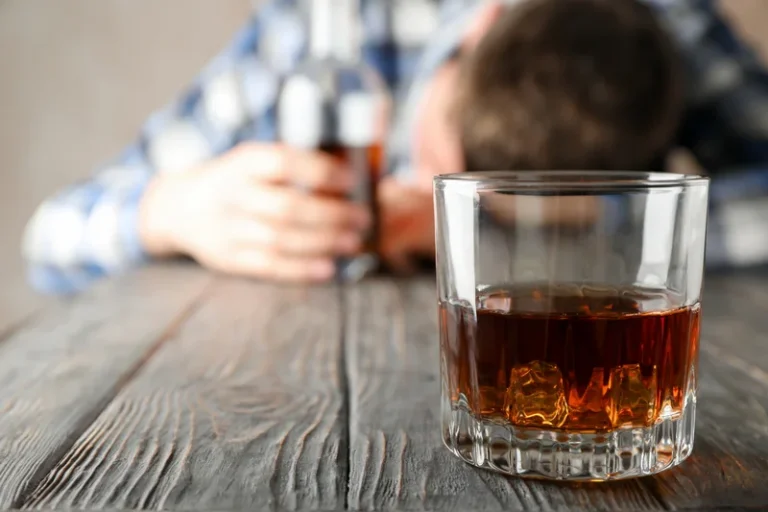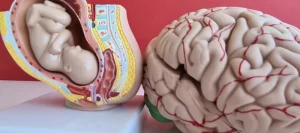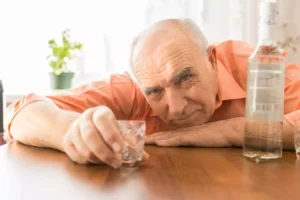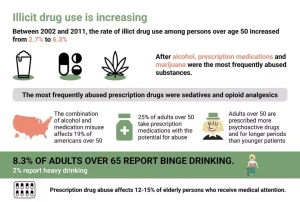
Many choose to recover without using any clinical services. The single most popular path is the use of peer support groups in the community. According to the National Institute on Alcohol Abuse and Alcoholism (NIAAA), a medically supervised detoxification is when safe-substitute drugs are administered to an individual to help manage the physical withdrawal symptoms. Depending on how bad the person’s dependency on alcohol is, these symptoms can range in severity. A detoxification usually requires a small stay in a hospital or rehabilitation center, although alcoholics who are considered low-risk may be considered for an outpatient detoxification. Certain safe-substitute drugs, such as benzodiazepine, can only be administered in a hospital.
5 myths about using Suboxone to treat opioid addiction
The first step in the recovery process is stopping drug use. The endpoint is voluntary control over use and reintegration into the roles and responsibilities of society. Shortly after substance can alcoholism be cured use is stopped, people may experience withdrawal, the onset of unpleasant physical and psychological symptoms —from irritability to shakiness to nausea; delirium and seizures in severe cases.
What are the symptoms of substance use disorder?
Alcohol causes changes in your brain that make it hard to quit. Trying to tough it out on your own can be like trying to cure appendicitis with cheerful thoughts. Becoming a contributing member of society typically entails resuming interrupted education and acquiring job skills, but most of all it means finding new life goals and new activities that serve as sources of pleasure—having things to look forward to. At every step of the way, support from friends, peers, and family is useful, but there are also many services https://ecosoberhouse.com/ and organizations that provide guidance., and many can be accessed through Recovery Community centers. Many types of recovery support are available, and many people make use of more than one type at any time and may shift from one type of support to another as recovery proceeds and needs evolve. An increasing number of high schools and colleges offer addiction recovery resources (CRPS, or Collegiate Recovery Programs) for students, including mentors, workshops, dedicated lounges, and group meetings and activities.
Why do some people become addicted to drugs while others don’t?
Attending AA or other disease theory programs may be worse than doing nothing. That’s because members (or patients) are taught that they cannot succeed on their own. The reason is because they suffer from a chronic disease that can’t be cured. When you or your loved one completes an inpatient or outpatient alcohol treatment program, this is a time for celebration.
Other drugs require supervision from a pharmacist or doctor. A detoxification is considered only part of the treatment, as it only deals with the physical dependency on alcohol. If addiction is addressed early enough when symptoms are mild, some patients can achieve recovery in an outpatient chemical dependency program.
- Like other chronic diseases, such as diabetes or heart disease, alcoholism and its symptoms can be successfully managed with proper treatment.
- Another vital element of care during recovery is relapse prevention—learning specific strategies for dealing with cravings, stress, setbacks, difficult situations, and other predictable challenges.
- Evidence of substantial heterogeneity in baclofen pharmacokinetics among different individuals with alcohol use disorder (41) could explain the variability in the efficacy of baclofen across studies.
- If you began drinking alcohol before the age of 15, you may be more likely to have AUD, especially if you’re assigned female at birth.
S. National Survey on Drug Use and Health, more than 75 percent of people addicted to alcohol or drugs recover—their condition improves and substance use no longer dominates their life. It is often a long and bumpy path, and relapse is nearly inevitable—but that doesn’t spell the end of recovery. There are coping strategies to be learned and skills to outwit cravings, and practicing them not only tames the impulse to resume substance use but also gives people pride and a positive new identity that hastens recovery.
More on Substance Abuse and Addiction
Treatment approaches tailored to each patient’s drug use patterns and any co-occurring medical, mental, and social problems can lead to continued recovery. If your loved one is suffering from alcoholism, try to exercise patience while also making time to practice your own self-care. Like any chronic disease, recovering from alcoholism can take time and may not always be a smooth road.


Discontinuation of alcohol ingestion results in the nervous system hyperactivity and dysfunction that characterizes alcohol withdrawal (15, 16). Acting on several types of brain receptors, glutamate represents one of the most common excitatory neurotransmitters. As one of the major inhibitory neurotransmitters, GABA plays a key role in the neurochemical mechanisms involved in intoxication, tolerance, and withdrawal.

According to the NIAAA, around 700,000 people receive some form of alcoholism treatment every week in the United States. The success rate fluctuates, although it is believed that nearly 50 percent of people who receive treatment for alcoholism will never touch a drink again. A further 18 percent will only drink alcohol in moderation. Despite this information, a person is most at risk from suffering a relapse in the first 12 months following treatment.

The Cycle of Alcohol Addiction
While naloxone has been on the market for years, a nasal spray (Narcan, Kloxxado) and an injectable form are now available, though they can be very expensive. Whatever the method of delivery, seek immediate medical care after using naloxone. Teenage nicotine and cannabis vaping is much more common and risky than adolescents (and maybe their parents) realize. How ketamine is transforming depression treatment, offering hope for those with treatment-resistant depression.